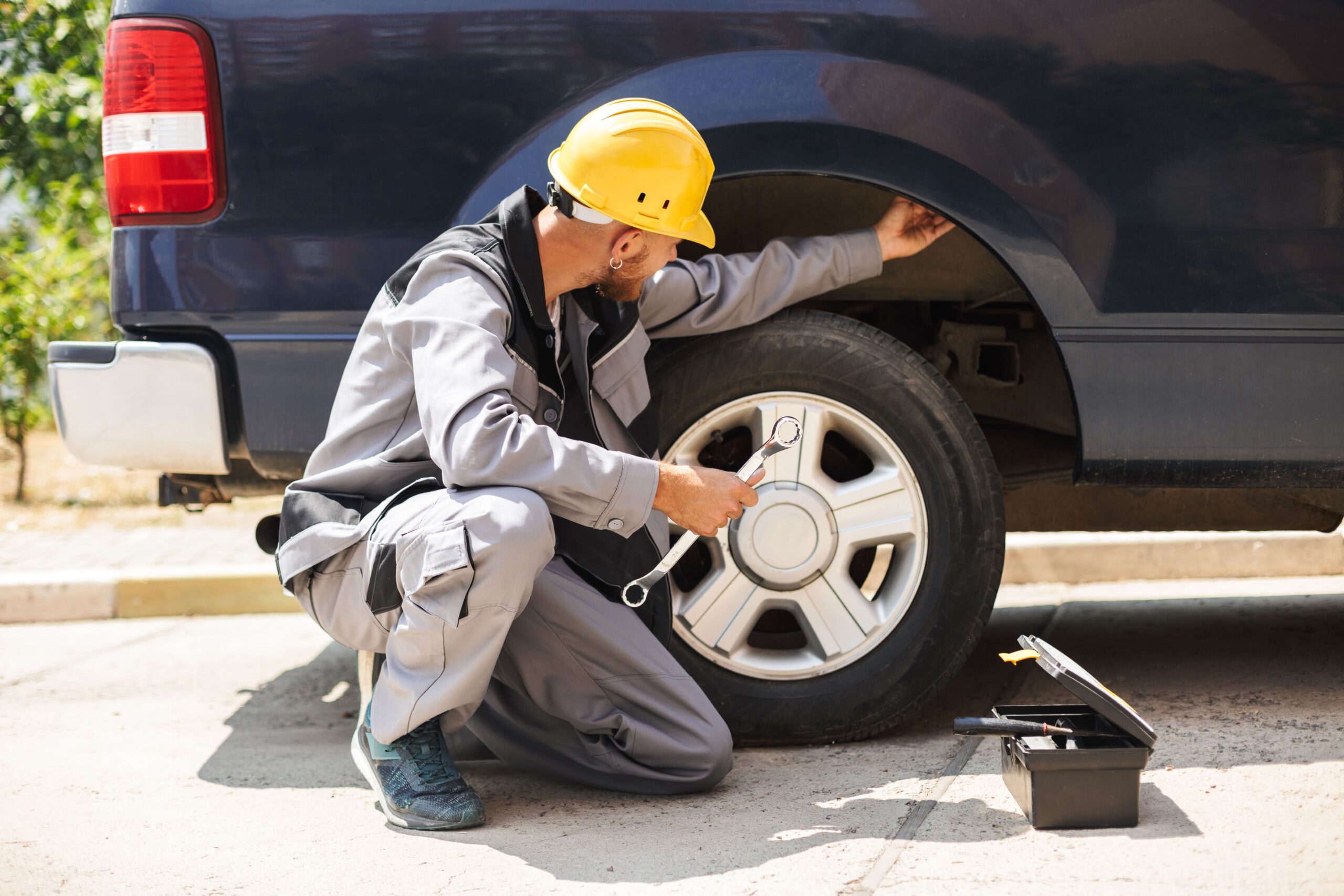The power required to start your engine and run your essential systems depends mainly on your car’s battery. However, it has a lifespan as well. Unexpected assaults can be avoided by being aware of a battery’s lifespan and identifying symptoms of degradation. Essential details regarding battery life, the variables that impact battery life, and when to replace your battery are covered in this article.
How Long Does a Car Battery Last and What Affects Its Lifespan?
The average lifespan of an automobile battery is three to five years, though a number of variables might shorten or lengthen that time.
- Weather: While high heat speeds up fluid evaporation and extreme cold lowers battery performance, both can cause premature failure.
- Driving Practices: Short trips frequently keep the alternator from charging the battery completely, which can lead to early failure.
- Electrical Drain: Overnight use of headlights, radios, or interior lighting can drain the battery, shortening its lifespan.
- Alternator Problems: A broken alternator reduces the battery’s lifespan by improperly charging it.
- Terminal Corrosion: Battery performance may be impacted by corrosion on the battery’s terminals, which can harm electrical connections.
- Battery Maintenance & Quality: Reputable brands produce high-quality batteries with longer lifespans. Routine checks, terminal cleaning, and ensuring the battery is fully charged can extend a battery’s lifespan beyond five years.
How to Know If You Need a New Car Battery
By identifying the early warning symptoms of a failing car battery, you can prevent unplanned damage and maintain the dependability of your vehicle. The following are the main signs to watch out for:
- The engine is not working well. Your battery may die if your car’s engine starts more slowly than usual or performs poorly.
- The engine doesn’t start, but the car accessories do. You might observe that the headlights or radio turn on when you turn the key, but the engine doesn’t start. This can indicate that the battery isn’t strong enough to start the engine.
- Periodic issues with charging. The battery in your automobile can be weak and unable to maintain a consistent charge if the engine works well one day but not the next.
- The dashboard’s battery indicator light. A battery charge level indicator light is a standard feature on the dashboard of many contemporary cars. If it remains on, this light may indicate a battery or charging system issue.
- Electrical problems and dim headlights. Your car’s electrical components may not receive enough power from a weak battery, which could result in issues with your infotainment system, dim lighting, or poorly powered windows.
- An old battery (older than three years). The expected lifespan of car batteries is three to five years. Ensure your device is functioning correctly by checking it frequently if it is over three years old.
How to Check a Car Battery
Unexpected battery failures can be avoided with regular battery examinations. Here’s how to find out how well your car battery is doing:
Visual examination
- Check for corrosion on the battery terminals.
- Examine for physical damage or leaks.
- Verify that the battery is fully inserted.
Nominal voltage
- Measure the battery voltage with a multimeter.
- When the engine is off, an ultimately charged battery should display a voltage of 12.6 volts or above.
- The battery may discharge if the voltage falls below 12.4V.
- The voltage should range from 13.7 V to 14.7 V while the engine operates.
Assessment of load
- To check whether the battery sustains the necessary voltage when under load, a qualified mechanic can conduct a load test.
Examine the charging system
- To ensure proper charging, examine the alternator and electrical system if the battery frequently loses charge.
Conclusion
You can avoid unplanned malfunctions and expensive car repairs by being aware of the lifespan of your car battery and identifying early warning indications of failure. Although most batteries survive three to five years, their lifespan is greatly influenced by a number of factors, including maintenance, driving patterns, and weather. You can keep an eye on the condition of your battery with routine inspections that include visual inspections, voltage readings, and load evaluations. It might be time for a replacement if you observe weak charging, electrical problems, or delayed engine starts. You can guarantee a dependable and functional vehicle by remaining proactive.


